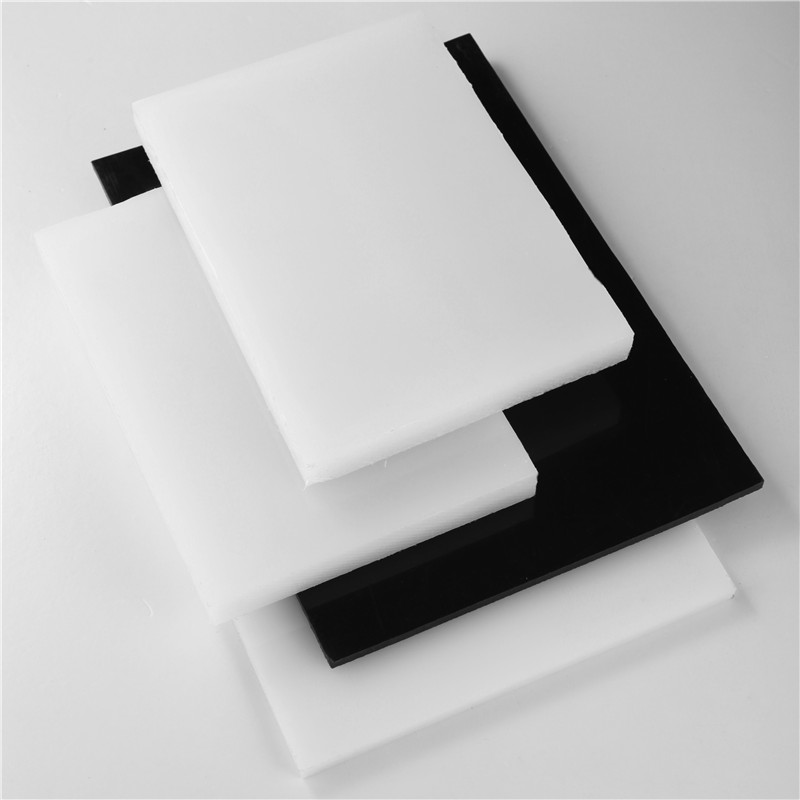Nov . 10, 2024 00:58 Back to list
Understanding PVC Connection Pipes and Their Applications in Plumbing Systems
Understanding PVC Connection Pipes Essential Components for Modern Plumbing
Polyvinyl chloride (PVC) connection pipes have become indispensable in various plumbing and construction applications due to their durability, affordability, and versatility. Widely used across residential, commercial, and industrial settings, PVC pipes are a popular choice for water supply systems, drainage, and irrigation. This article explores the characteristics, types, installation techniques, and advantages of PVC connection pipes.
Characteristics of PVC Pipes
PVC is a synthetic plastic polymer that is known for its robust properties. It is lightweight yet strong, making it easy to handle during installation. One of the most significant advantages of PVC pipes is their resistance to corrosion; unlike metal pipes, they do not rust or degrade over time when exposed to water. Additionally, they exhibit excellent chemical resistance, allowing them to transport a wide range of fluids without the risk of chemical reactions that could compromise the pipe's integrity.
Another key characteristic of PVC connection pipes is their smooth inner surface. This feature minimizes friction, allowing fluids to flow more freely and reducing the risk of clogs or blocks in the system. PVC pipes are also fire-resistant, with a self-extinguishing property, adding an extra layer of safety in various applications.
Types of PVC Connection Pipes
PVC pipes come in different types, each serving a specific function
1. Schedule 40 and Schedule 80 PVC Pipes These are the most common types used in plumbing. Schedule 40 has a thinner wall and is used for residential applications, while Schedule 80 features a thicker wall, making it suitable for industrial applications where higher pressure ratings are required.
2. PVC Drainage Pipes Specifically designed for drainage systems, these pipes are used to transport wastewater and are usually lighter and larger in diameter compared to pressure pipes.
3. PVC Conduit Pipes These are used to protect electrical wiring. They provide a safe pathway for electrical cables and are often used in construction and renovation projects.
pvc connection pipe

Installation Techniques
Installing PVC connection pipes involves several steps, and proper techniques are crucial for ensuring the system's longevity and performance. First, the area for installation should be thoroughly prepared, with any debris or old pipes removed. PVC pipes are connected using solvent cement, which creates a strong bond between the pipe sections.
The pipes should be cut at precise angles to ensure a snug fit, and both the pipe and the fitting must be cleaned before application of the solvent cement. After joining the sections, it is essential to allow the cement to cure adequately before testing the system with water.
Advantages of PVC Connection Pipes
The popularity of PVC connection pipes is attributed to several advantages
- Cost-Effective PVC pipes are generally less expensive than alternatives like copper or galvanized steel, making them a favorable choice for budget-conscious projects.
- Longevity With proper installation and care, PVC pipes can last for decades without significant deterioration, making them a long-term investment.
- Ease of Installation The lightweight nature and straightforward joining methods of PVC make installation quicker and less labor-intensive.
- Energy Efficiency The smooth interior of PVC pipes reduces energy loss in pumped systems, leading to lower energy costs over time.
In conclusion, PVC connection pipes are a vital component in modern plumbing, providing reliable performance in various applications. Their durability, ease of installation, and cost-effectiveness make them a preferred choice for homeowners and contractors alike. Understanding the characteristics, types, and installation techniques associated with PVC pipes is essential for anyone engaged in plumbing or construction, ensuring that systems function effectively and efficiently for years to come.
-
High-Quality PPR Pipes and Fittings Durable ERA PPR & PVC PPR Solutions
NewsJul.08,2025
-
Black HDPE Cutting Board - Durable, Non-Porous & Food Safe HDPE Plastic Cutting Board
NewsJul.08,2025
-
High-Quality CPVC Panel Durable HDPE & PVC Panels Supplier
NewsJul.08,2025
-
Double PE Welding Rod Supplier - High Strength, Durable & Versatile Welding Solutions
NewsJul.07,2025
-
High-Quality PVC-O Pipe Supplier Durable 75mm PVC Pipe & Connections Leading PVC Pipe Company
NewsJul.07,2025
-
HDPE Drainage Pipe Supplier – Durable & Corrosion-Resistant Solutions
NewsJul.06,2025

